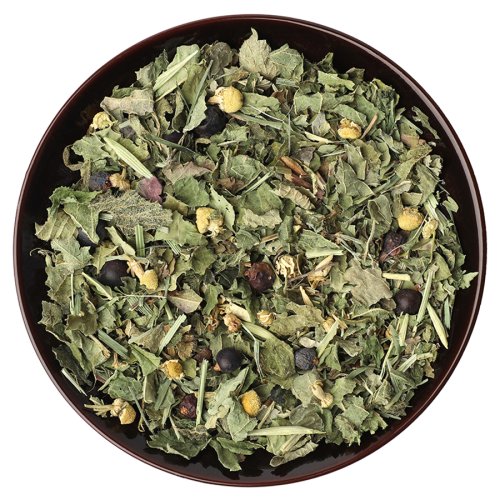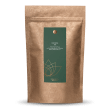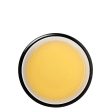Stinging Nettle
Although stinging nettle was long an overlooked medicinal herb, it is increasingly enjoying scientific interest. Current studies confirm many of the effects attributed to stinging nettle by the ancient Greeks. The plant is extremely rich in nutrients such as iron and calcium, the B vitamins, vitamin C, flavonoids, silicic acid, phytosterols, and tannins. The interaction of these substances is the basis for stinging nettle's health effects as a tea. On account of its diuretic effects, stinging nettle tea supports cleansing the urinary tract.
Balm
Balm is originally from Southern Europe, but due to its popularity as a medicinal herb it is now grown all over Europe. Nearly all cloister gardens in the Middle Ages cultivated balm as an indispensable herb. Balm leaves contain essential oil consisting of citral, geranial, neral, and citronellal. Other compounds within the plant include flavonoids, bitter substances, triterpene acids, beta-caryophyllene, and tannins such as rosmarinic acid and caffeic acid.
Bearberry Leaves
The bearberry (Uvae ursi folium) is an evergreen shrub that, like blueberries and gooseberries, belongs to the Ericaceae family. Bearberry leaves have been used to support the function of the urinary tract and rest on a long tradition since at least the Middle Ages as documented by a 13th century English book of herbs. Today bearberry leaves are being further studied for their effects on human health.
Active compounds within bearberry leaves include phenoglycosides, tannina, flavonoids and organic acids. The most important phenoglycoside is arbutin, which the body converts into the effective form hydroquinone. This glycoside supports the effects of the tannins and flavonoids, thus contributing to the synergistic effect of the complex.
Green Oats
Green oat tea is made from underripe oats that are harvested before peak bloom. Green oats are very alkaline and contain numerous effective phytochemicals including flavonoids and saponins, as well as minerals and trace elements.
Orthosiphon Leaves
Orthosiphon has been cherished in indigenous Indonesian and Australian cultures for centuries and was only relatively recently introduced to Europe in the 1970s. The leaves of the orthosiphon plant have a diuretic effect as a result of the contained flavonoids, triterpenes and saponins. Othosiphon has therefore traditionally been used to cleanse the bladder and urinary tract. Among the most important plant compounds are sinensetin, the caffeic acid derivative rosmarinic acid, small amounts of essential oil, oygenated diterpene, as well as orthosiphol.
Passionflower
The passionflower has been used for centuries by the indigenous peoples of the Americas as a natural remedy and food. A Spanish doctor brought the plant to Europe in 1569 where it has been cherished not only for its effects, but also for its exquisite beauty. Important plant compounds within the passionflower include flavonoids such as vitexin, the glycosides apigenin and luteolin, as well as isovitexin and schaftoside.
Goldenrod
The true goldenrod herb (Solidaginis virgaureae herba) has likewise been used traditionally for centuries for cleansing the urinary tract. The herb contains numerous highly active compounds such as the flavonoid quercetin, triterpene saponins, and phenylglycosides including leicarposide.
Juniper Berries
Since ancient times juniper berries have been considered a natural means of cleansing the urinary tract. The effect of juniper berries is largely attributed to their essential oils composed of the terpenes α-pinene, sabinene, myrcene, and terpinen-4-ol. These essential oils are further boosted by a broad spectrum of tannins, leucoanthocyanidins, and flavonoids.
Camomile
Camomile has been one of the best-known herbal remedies for centuries and is an important plant in herbal medicine. Camomile flowers has a wide effect profile that results from the plant's unique combination of phytochemicals. The most important of these include cumarins, chamazulene, bisaboloids, guajanolides, spathenol, spiroether, matricin, as well as the flavonoids apigenin and quercetin.














